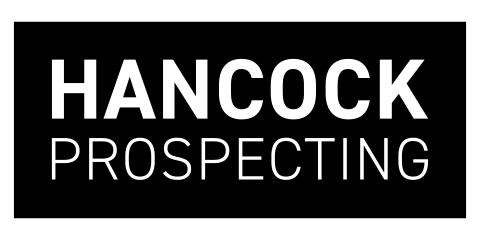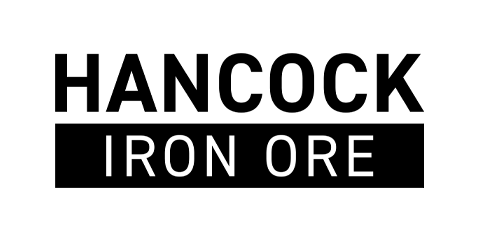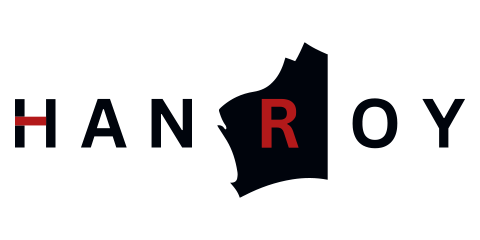
Article by Editorial, courtesy of The Australian Financial Review.
20.10.2025
Australians fear a gas supply crisis that has been forecast by regulators for almost a decade, but has never eventuated and continually moves to the outyears. Currently, it is predicted for 2029.
In part this pattern is because regulator assumptions have ultimately been proven wrong, but it is also because the Gladstone LNG exporters have always stepped up to ensure the market is well supplied through a heads of agreement with the federal government.
In GLNG’s case, it has committed to reducing LNG cargoes during peak winter demand on the east coast and investing to increase its own supply and reduce other gas purchases over time.
By 2027 GLNG will predominantly export gas that has been developed specifically for GLNG, including its own gas and gas developed by strategic partners Santos, Senex and Meridien.
There is enough time to avert any 2029 shortfall by accelerating projects like Santos’ Narrabri Gas Project and streamlining project approvals for all new gas developments. But it is not really supply shortfalls that are at the heart of the current debate – it is gas prices.
What manufacturers want is cheap gas that no longer exists. When Bass Strait and the Cooper Basin were developed, oil was the prize and gas was an associated product for which new markets were built. The value of oil from these provinces effectively subsidised gas prices for decades. And in the early days of the coal seam gas boom, prices were low while production ramped up for the LNG plants that were still under construction.
Manufacturers tout US gas prices of $3 without mentioning currency or thermal unit. In fact, there is no $3 gas in the US. The Henry Hub price on Friday was equivalent to $4.90/GJ, but that is not the price industrial customers pay.
“Populist retrospective interventions being pushed by self-interested parties are simply not going to stack up for the government.”
In Ohio, where BlueScope’s North Star plant is located, the average industrial gas price in May this year was more than $17/GJ, higher than Australia’s gas price cap of $12/GJ. In six out of the top 10 manufacturing states in the US, industrial gas prices in May were higher than $12/GJ.
If manufacturers are concerned about gas prices, why are they not investing in new gas supply sources?
Santos has said publicly it is open to investors coming into its Narrabri project. The truth is manufacturers do not have the appetite for the large amounts of capital and the risk required to develop new gas fields. They want risk-free, long-term contracts on a cost-plus-margin basis.
This is a bargain that will never work for gas producers – they will simply take their capital elsewhere. Would manufacturers accept a price cap on their products? A price cap on Colorbond, Zincalume and TRUECORE would surely be welcomed by all the young Australians trying to build new homes right now.
The ACCC acknowledged in its September interim gas inquiry report that “there are limits to what the gas policy measures can achieve on their own if the underlying causes of inadequate supply and ineffective competition are not addressed”. But there will be no new supply unless barriers to investment are addressed.
Clawing back gas that was developed for LNG export by investors prepared to risk billions of dollars of capital is not a sustainable solution.
The Prime Minister, Minister Bowen and Minister King agree, having repeatedly made clear that future gas policy will not interfere with existing LNG contracts from Australia into Asia.
I am confident that they mean what they say, because Australian LNG and energy exports are securing not only energy security, they are underpinning geopolitical stability in our region. Importantly, LNG investors and customers are also the very same investors and customers that Australia needs to fund the energy transition.
So populist retrospective interventions being pushed by self-interested parties are simply not going to stack up for the government.
Australia and GLNG cannot tell our trade and investment partners that we are required to break their contracts while increasing volumes of uncontracted gas are being exported out of Gladstone as spot LNG cargoes.
GLNG does not export any uncontracted gas and is investing $1 billion every year to grow its own gas production by more than 20 per cent by 2029 and reduce other gas purchases. At the same time, other LNG exporters from Gladstone are growing uncontracted exports – by around 60 per cent from 2021 to 2024 – and their contribution to the domestic gas market has fallen.
GLNG is very willing to enter a new heads of agreement with the government to ensure the market is well supplied over coming years, but the main game has to be bringing new supply sources, such as Narrabri, to market. Large investments like this need a stable regulatory environment and must meet the economic hurdle rates expected by investors.
Market interventions and regulated wholesale gas prices based on cost plus margin will simply see drilling stop and investment dry up. There will not only be no cheap gas, there will be a genuine gas supply shortfall.
Stephen Harty is speaking at The Australian Financial Review Energy & Climate Summit on 21 October 2025.



